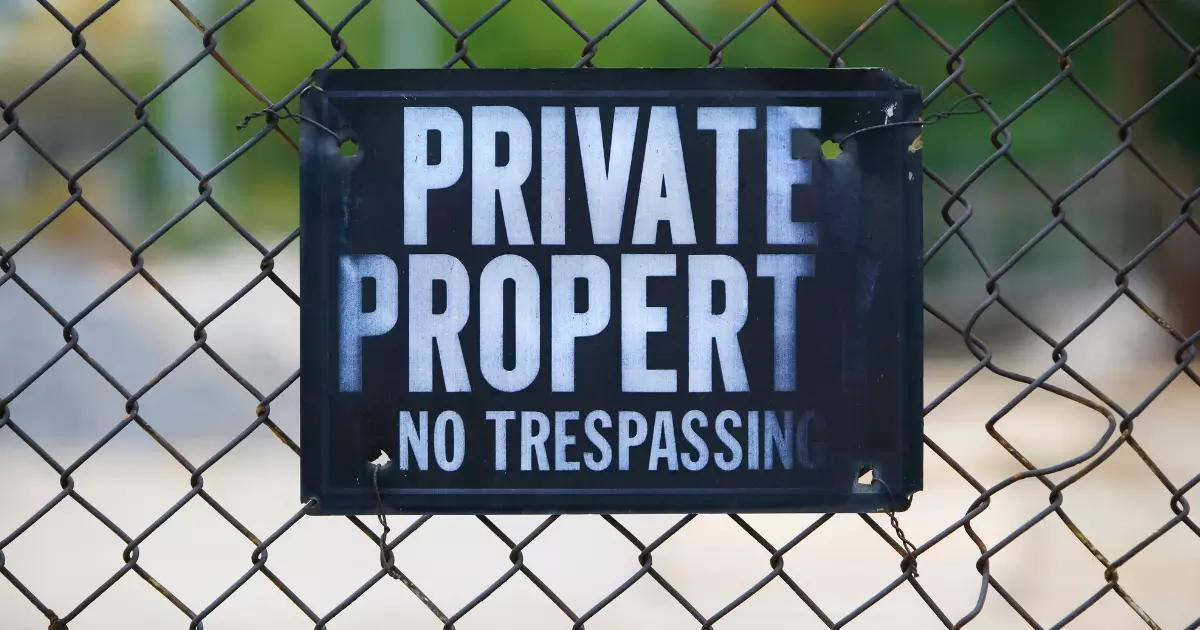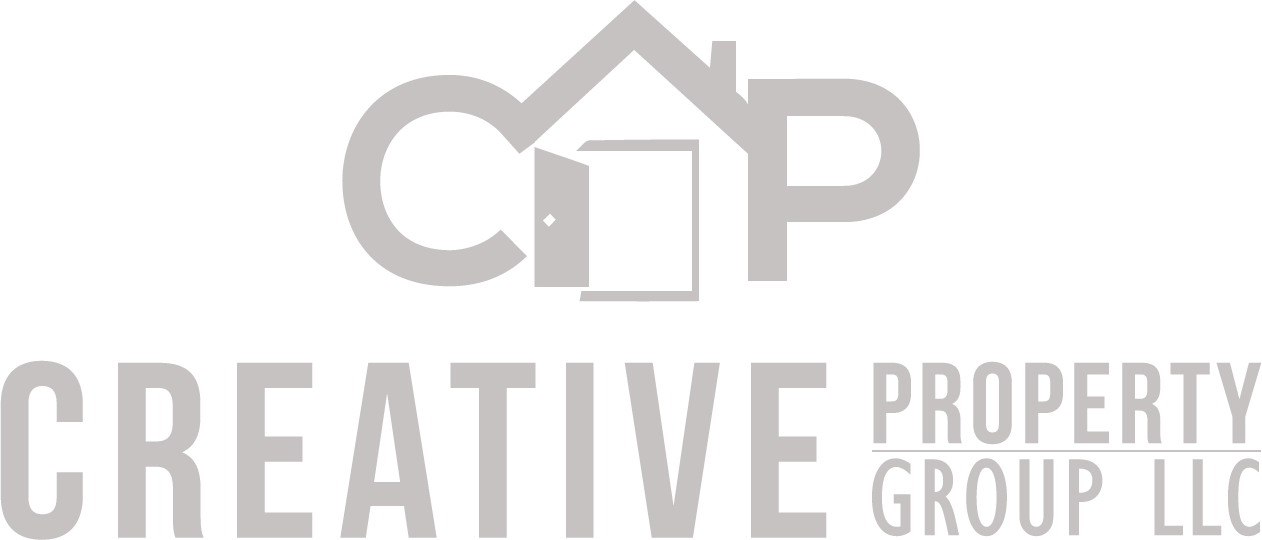7 Key Steps to Buying Distressed Properties: A Simple Guide

Have you thought that buying distressed properties might be the perfect opportunity for you? From foreclosed homes to bank-owned properties and pre-foreclosures, each type offers its own unique advantages and investment potential. However, navigating this market requires knowledge and expertise.
We will explore the benefits and challenges of buying distressed properties, guide you on where to find these hidden treasures, provide essential tips for evaluating property conditions, and help you secure the right financing. Along the way, we’ll share insights and strategies for making successful offers, closing deals smoothly, and maximizing your profits through renovation and resale.
Get ready to embark on a thrilling adventure into the world of distressed property investment, where opportunities abound and fortunes await!
Step 1: Understanding What Distressed Properties Are
Defining Distressed Properties
Distressed properties, a common type of investment property, are often due to delinquent mortgage payments or outstanding taxes. These are properties owned by distressed homeowners facing financial distress, making them potential opportunities.
The Difference Between Distressed Properties and Regular Real Estate
Distressed properties, like distressed homes or commercial property, may be in poor condition. However, their attractive price often below market condition, presents an excellent opportunity for investors, unlike regular real estate.
Common Types of Distressed Properties

There are various types of properties considered distressed:
1. Foreclosed Homes
The lending institution, such as Bank of America or a credit union, takes over the property due to borrower defaults.
2. Bank-Owned Properties
These are property investments the bank owns after failing to sell at a foreclosure auction.
3. Pre-Foreclosures
These are properties where the current owner has received a default notice but hasn’t yet entered the formal foreclosure process.
Step 2: The Pros and Cons of Buying Distressed Properties
Benefits of Buying Distressed Properties
The acquisition process of distressed properties offers a few key benefits:
1. Affordable Price
They’re often sold at an attractive price lower than the comparative market analysis.
2. Appreciation Through Renovations
With extensive renovation, these properties could appreciate significantly, affecting your balance sheets positively.
3. Cash Flow
If you choose to rent, the monthly payment can provide steady income, offering an attractive option for your investment strategy.
Challenges of Buying Distressed Properties

Despite the benefits, there are biggest risks associated with buying distressed properties:
1. Costly Repairs
These might need costly repairs, impacting your renovation costs and balance sheets negatively.
2. Title Issues
Some properties might have legal issues that the previous owner didn’t settle, affecting the closing process.
3. Competition
With savvy investors always on the lookout, these properties can spark a bidding war.
Step 3: Where to Find Distressed Properties
Finding Distressed Properties Online
Online marketing of listings via lender websites or online database presents an array of property for sale. This includes foreclosure properties, foreclosed homes, and more.
Public Auctions: An Underutilized Resource
Public auctions, like a foreclosure auction or a property auction, often list property sales and are an excellent place for investing.
Going Direct: Reaching Out to Owners
Another method is direct marketing like cold calls or direct mail services to distressed owners, often found from county tax records or county websites.
The Role of Real Estate Agents
Real estate agents, equipped with a real estate license, are invaluable during the property search and can assist in navigating the loan process, especially if you’re a regular home buyer.
Step 4: Evaluating a Distressed Property
Examining the Property Condition
Evaluating the current condition of the property under contract, looking out for potential issues, is a crucial step. This includes observing the electrical systems and more for signs of neglect, which can prevent unexpected repairs.
The Crucial Role of Property Inspection
Property inspection, followed by a detailed property distress report, can identify issues with the distressed house or the type of property you’re investing in, aiding in making informed decisions.
Understanding Inspection Reports
Real estate agents or property inspectors can help decode property details from the inspection reports, making the property deals clearer and guiding the closing process.
Step 5: Securing Finance
When it comes to buying distressed properties, securing the right financing is crucial. Here’s an overview of the typical financing options and some helpful tips to navigate the process.
Financing Options

Traditional Mortgage Loans
These loans can be obtained from banks or credit unions. They follow standard procedures and offer competitive interest rates.
Renovation Loans
Designed specifically for distressed properties, these loans include funds for property repairs and renovations. They provide the financial flexibility needed to turn a neglected property into a gem.
Private Money Loans
Sometimes, traditional lenders may not be the best fit. Private individuals or companies offer private money loans with more flexible terms, providing alternative options for financing distressed properties.
Hard Money Loans
Short-term loans with higher interest rates, hard money loans are commonly used for fix-and-flip strategies. They are a viable choice if you plan to purchase a distressed property, renovate it quickly, and resell it for a profit.
Navigating the Financing Process

Assess Your Financial Situation
Before embarking on any financial endeavor, it’s important to evaluate your financial health. Determine your budget, credit score, and debt-to-income ratio. This assessment will give you a clear understanding of how much you can afford to invest in a distressed property.
Shop Around
Just like you would for any major purchase, it’s essential to compare rates, terms, and conditions from different lenders. This allows you to find the financing option that best suits your needs and offers the most favorable terms.
Pre-Approval
Obtaining a pre-approval letter can give you an edge in a competitive market. It demonstrates to sellers that you are a serious buyer and have the financial capability to make a purchase. This pre-approval strengthens your position when making an offer.
Work with Mortgage Brokers
Mortgage brokers are professionals who act as intermediaries between borrowers and lenders. They have in-depth knowledge of the market and can connect you with lenders who specialize in financing distressed properties. Their expertise and network can help you find the right loan options tailored to your unique situation.
Role of Mortgage Brokers and Direct Lenders
Mortgage Brokers
These professionals play a crucial role in the financing process. They have access to a wide range of lenders and loan programs, enabling them to find the best fit for your specific needs. Mortgage brokers can guide you through the paperwork, answer your questions, and ensure a smooth financing experience.
Direct Lenders
Some lenders specialize in financing distressed properties. They have a deep understanding of the unique challenges and opportunities in this market. Working directly with such lenders can provide you with tailored financing solutions and personalized attention.
Step 6: Making an Offer and Closing the Deal
Making an Offer
Making a competitive offer involves researching the market and comparing the property’s condition and price to similar homes in the area. It’s also important to understand the seller’s situation and adjust your offer accordingly. Striking a balance between getting a good deal and being respectful to the seller is key during negotiations.
The Closing Process
During the closing process, several steps need to be taken. A thorough title search is essential to ensure there are no ownership disputes or liens on the property. Carefully review the purchase agreement and understand its terms and conditions before signing. Most importantly, be prepared for various expenses such as attorney fees, appraisal fees, and recording fees, known as closing costs.
Avoiding Common Pitfalls
To avoid common pitfalls, never skip due diligence. Underestimating repair costs can lead to financial strain, so ensure you have a realistic estimate. Seeking legal advice from real estate attorneys who specialize in the closing process will protect your interests and ensure a smooth transaction.
Step 7: Renovating and Reselling the Property
Now, it’s time to unlock its true potential through renovations and maximize your profit when reselling. Consider the following:
1. Basic Considerations for Planning Renovations
- Assess the Property: Identify the areas that require immediate attention and prioritize repairs accordingly.
- Budgeting: Create a detailed budget for renovation costs, including materials, labor, and contingency funds.
- Hiring Contractors: Seek recommendations, request multiple quotes, and thoroughly vet contractors before making a decision.
- Permits and Code Compliance: Familiarize yourself with local regulations and obtain necessary permits for structural changes.
2. Overview of the Reselling Process
- Market Analysis: Research the local real estate market to determine the right time to sell and set a competitive listing price.
- Enhancing Curb Appeal: Invest in landscaping, exterior improvements, and staging to attract potential buyers.
- Effective Marketing Strategy: Utilize online marketing platforms, professional photography, and targeted advertising to reach the right audience.
- Partner with a Realtor: Consider working with a real estate agent who specializes in selling distressed properties.
3. Tips for Maximizing Profit
- Understand the Target Neighborhood: Identify the features and amenities that appeal to potential buyers in that area.
- Prioritize Cost-Effective Upgrades: Focus on renovations that offer the highest return on investment, such as kitchen and bathroom improvements.
- Seek Professional Advice: Consult with real estate professionals to determine the most effective strategies for maximizing profit margins.
Unlock The Potential: Invest Now!
Now that you have the knowledge and guidance, it’s time to take the next step and begin your journey into the world of buying distressed properties. Remember, the potential for profitable deals and appreciation through renovations is within your reach.
If you’re seeking further information or personalized assistance, we encourage you to reach out to Creative Property Group. Our team of experts is ready to help you navigate the acquisition process, understand the local market, and explore investment opportunities that align with your goals.
Don’t miss out on the potential profits and investment opportunities that distressed properties offer. Start your journey today and unlock the doors to a successful real estate investment. Contact Creative Property Group to embark on this exciting venture.


